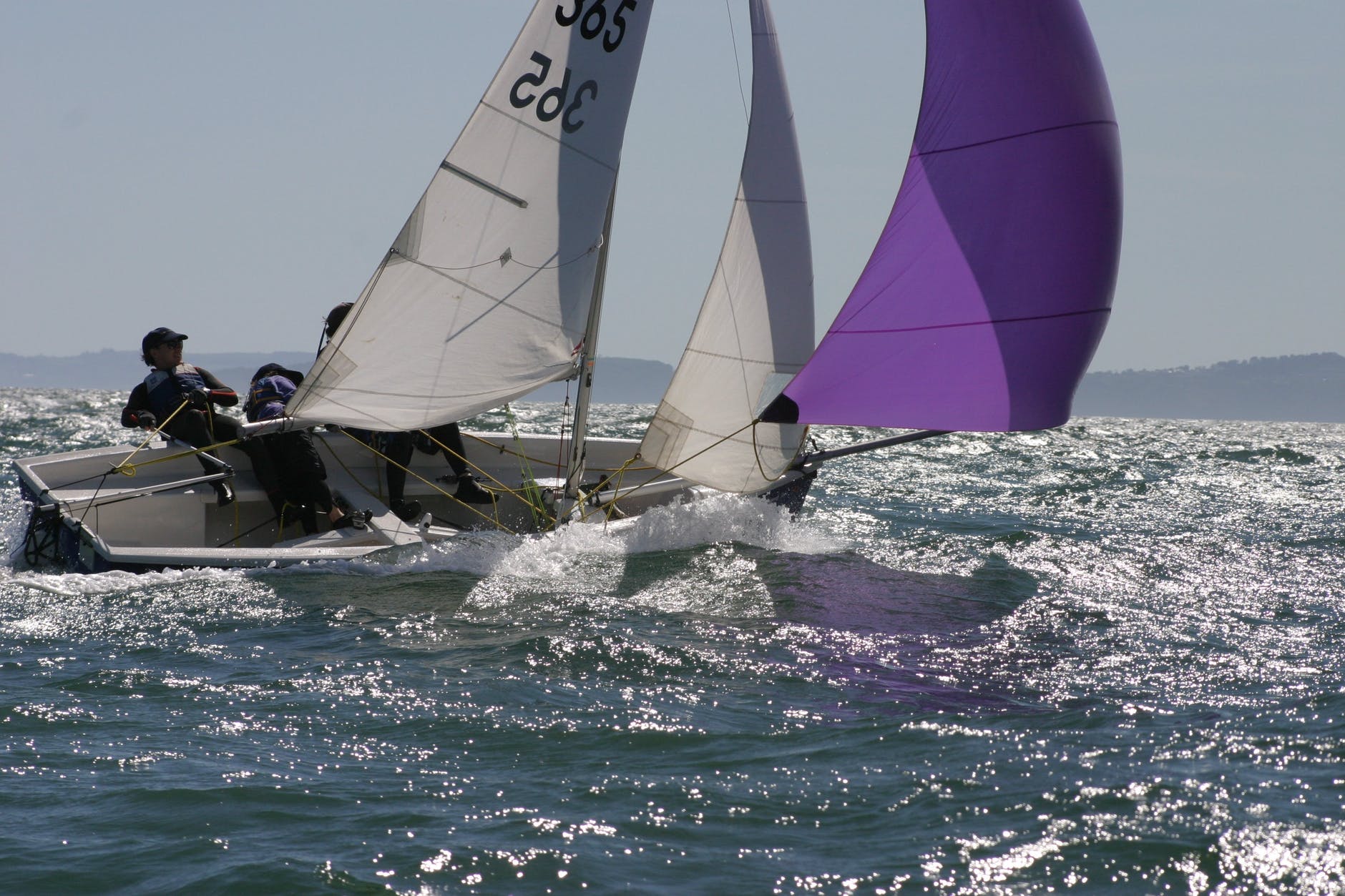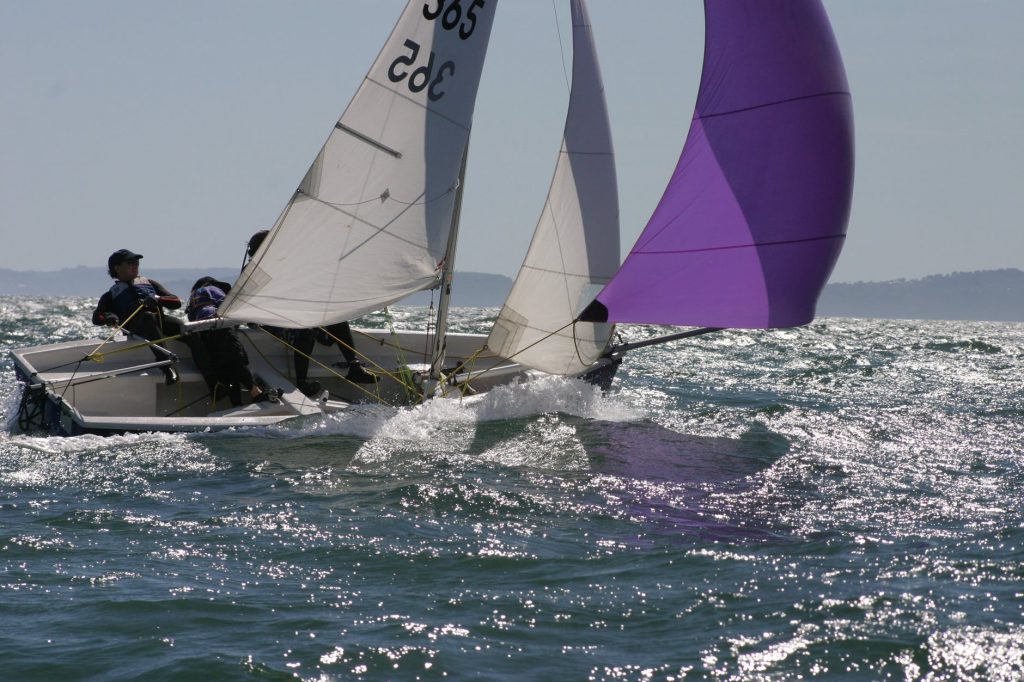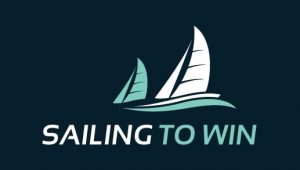

Having a tuning partner is one of the best ways to get value from your on-water practice sessions. In these times of no racing, and fewer boats out sailing, keeping your skills sharp means solo training.
Have a Training Plan – Solo Training
Before you head out, it’s important to have a plan but it is just as important to have a debrief when you hit the beach. The debrief is where you can go over what went right or wrong and what you need to do to get even better. Make notes and refer to them when you are planning further training.
Part of the planning process will be to analyse past races or regattas and to talk about problems that were encountered and then to prioritise what you will be practising and what will give you the biggest win.
If improving your downwind speed and maneuvers is your goal, put in a lot of gybes. Make sure you have upwind goals as well so you can make good use of your time getting back uphill.
Focus – Solo Training
The best practice sessions involve a variety of things but the majority of focus might be on, sailing downwind where you concentrate on weight placement and the steps necessary to catch waves or practising sailing by the lee for those situations when you are in close proximity to another boat and need to stay clear or where you may want to lay a mark to avoid having to gybe twice.
If you are concentrating on upwind skills, shoot for a total of 10 to 20 minutes of really intense work for each skill you’re wanting to improve. If your tacks are normally around a minute apart, tack every 30 seconds. Do that for 5 minutes, take a break and then do it again and again until you are comfortable.
During your training session don’t be shy to stop sailing, take a rest having something to eat and drink. Go through the same practice again or if you are satisfied with that, go to the next drill.
Don’t Lose Sight Of Other Skills – Solo Training
You may be practising tacks, gybes, powering up and down or something else, don’t lose sight of other skills. These include keeping the boat flat, looking for pressure or watching the compass for shifts.
Another good way to cement the improvements is to keep in touch with fellow crewmates. Do it via email or text in the days following the practice. If you think of something afterwards that is related to what you were trying to achieve and was not covered off in the debrief, communicate immediately, as quite often by the time you get back to the boat it may be forgotten.
Other things that you can practice on your own could be time on distance for starting. Then mark rounding, timed spinnaker sets and drops, the list is endless.
Only you and your team know what it is that will give you the greatest gains.

